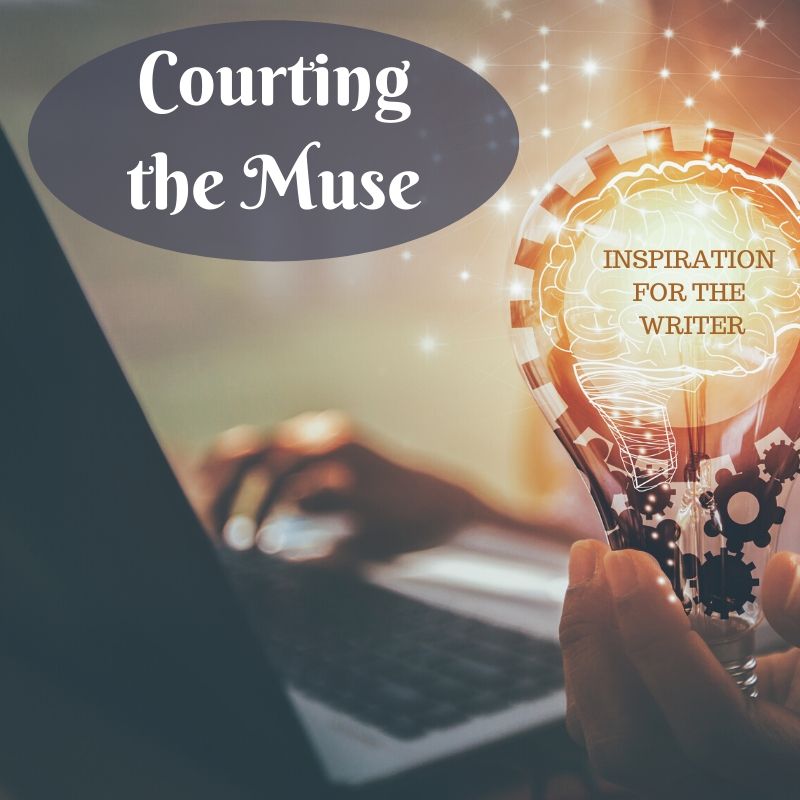Some writers are blessed with a vivid visual imagination. Just by willing it, they can render scenes in their mind’s eye with the pixel-perfect fidelity of CGI. They see their characters with photographic precision, from the slope of their shoulders to the snarled ends of their hair. Their settings have the texture and specificity of real asphalt and dirt.
I’ve always envied this ability, but I can’t say I’ve ever enjoyed it myself. In fact, I’ve been cursed with an incredibly impoverished visual imagination. Even as a reader, I never instinctually convert the sentences I encounter into pictures in my head. Learning that a character is “blonde”, or a farmhouse “weathered” just gives me an abstract bit of info to file away— no different than being told that she’s a Sagittarius or that it was built in 1897.
Despite my inability to conjure up mental images, however, I’ve never been told that my writing comes across as excessively abstract. In fact, I’ve been praised for the precision and evocativeness of my descriptions. I’m determined not to let my lack of visual imagination prevent pictorially gifted readers from connecting with my work. That’s why I’ve learned to work around my inability to see pictures inside my head.
What’s my secret for faking it until I make it? I think of it as a spin on the ancient technique of ekphrasis, from the Greek for “calling an inanimate object by name”. The etymology makes it sound incredibly poetic, and it’s true that ekphrasis has been used to greatest effect in verse. But at its core, this rhetorical device just means to describe a work of visual art in detail. As an example, you might look at John Keats’s “Ode on a Grecian Urn,” possibly the most famous instance of ekphrastic poetry in the Anglophone tradition. But I prefer John Ashberry’s “Self-Portrait in a Convex Mirror,” based on a 16th-century painting by Parmigianino. It opens with the following lines:
As Parmigianino did it, the right hand
Bigger than the head, thrust at the viewer
And swerving easily away, as though to protect
What it advertises. A few leaden panes, old beams,
Fur, pleated muslin, a coral ring run together
In a movement supporting the face, which swims
Toward and away like the hand
Except that it is in repose….
I’ve never written ekphrastic poetry myself. But to work around my lack of visual imagination, I use a trick that feels analogous to ekphrasis: I write using reference images, much the way an artist might consult them when they sketch. You see, my problem lies in mentally conjuring up images from the blank canvas inside my head — not in translating extant images into language. That means that, if I want to describe something accurately, I need to be looking at it, the way an artist might consult a photo to get a pose just right.
Sometimes I do write about a work of visual art, in the traditional ekphrastic mode: I might model a bit of scenery off a landscape painting, or give a character the face of a marble bust. Most of the time, though, I just use a photo from the internet to get a detail like the right texture of driftwood, the exact shape of a snarl.
Even if you’re not cursed with my particular brand of imaginative inability, give this spin on ekphrasis a try: it’ll make your visual descriptions that much sharper. And if you find yourself wading deeper into the art historical archive in search of references, you just might find yourself inspired to write a whole story — or a poem — based on a painting.

Lucia Tang is a writer for Reedsy, a marketplace that connects self-publishing authors with the book industry’s best editors, designers, and marketers. To work on the site’s free historical character name generators, she draws on her knowledge of Chinese, Latin, and Old Irish — learned as a PhD candidate in history at UC Berkeley. You can read more of her work on the Reedsy Discovery blog, or follow her on Twitter at @lqtang.





No Comments